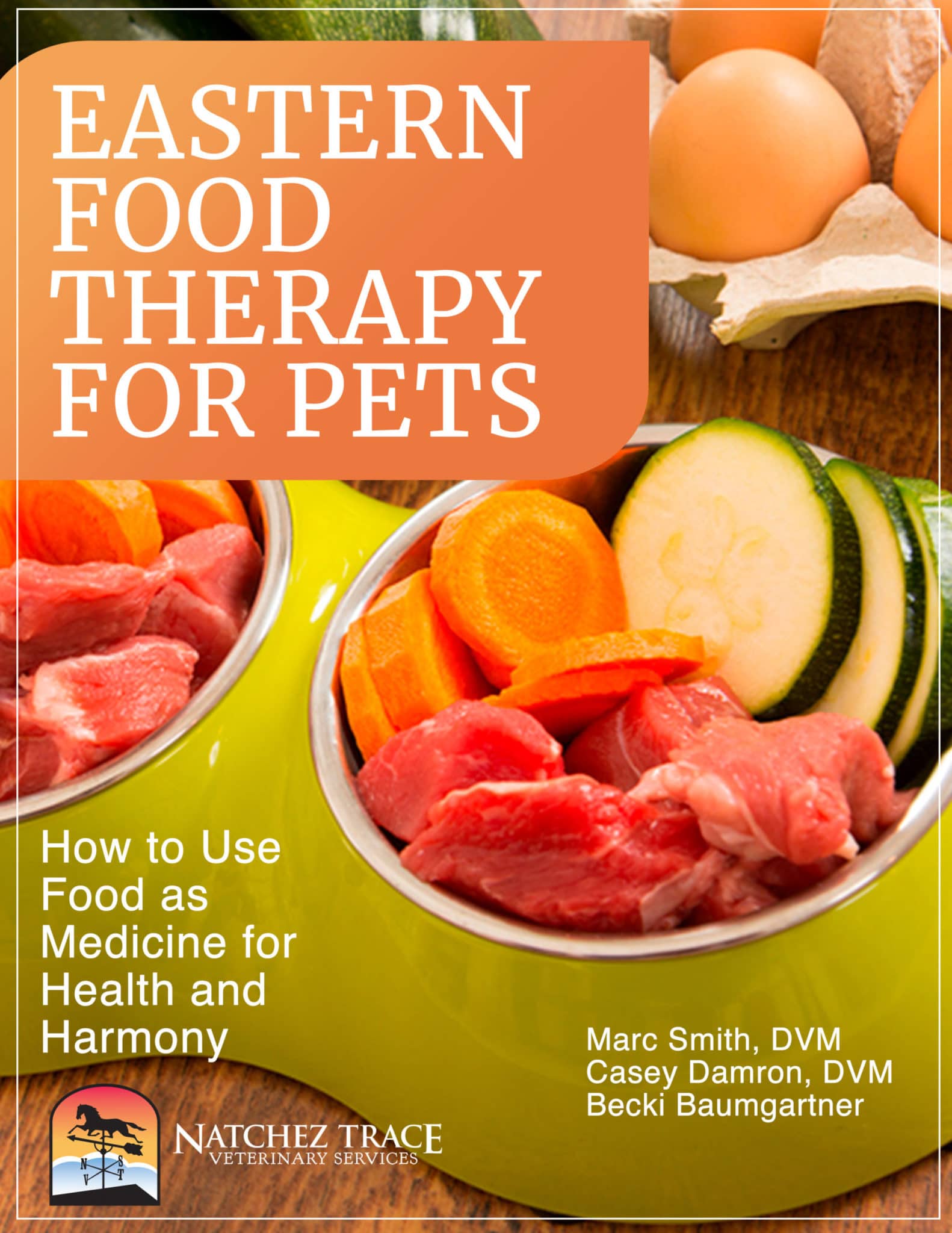How to Inject Glucosamine for Dogs
Dog glucosamine injections are prescription medication that is injected into your dog’s muscle and then preferentially absorbed by inflamed joints.
Glucosamine injections lubricate and soothe the joints, which reduces friction.
When friction is reduced, pain and inflammation are reduced.
Instead of simply masking pain as NSAIDs do, glucosamine injections help rebuild cartilage in the damaged joint.
With glucosamine injections, you are actually getting joint therapy instead of mere pain control.
Dog Glucosamine Injections Loading Dose
If this is your dog’s first experience with glucosamine injections, you should follow a “loading dose” schedule to build the medication up in your dog’s system.
The loading dose for glucosamine is one intramuscular injection once every four days for a series of 8 injections.
To do this, you give an injection, wait four days, then give another injection.
Repeat until you have given a series of 8 dog glucosamine injections.
How to Give Dog Glucosamine Injections
You can easily give your dog glucosamine injections at home.
Just follow the instructions below!
First, choose the perfect place for the injection:
- Pick a quiet place with good lighting.
- Make sure your dog is on a surface that is not slippery.
- Get a friend or family member to help, if possible. (Your helper should only hold your dog tight enough to control your dog’s head.)
Prepare the syringe and needle:
- Make sure the needle is clean and straight.
- Shake the bottle to make sure the medication is consistent
- Tip the medicine bottle upside down using one hand
- Place the syringe in the center hole (the rubber part) with the other hand
- Slowly fill the syringe to the desired quantity by pulling it out on the plunger. Dr. Smith will have pre-calculated your dog’s dose for you. Make sure to avoid any air bubbles in the syringe. If air bubbles do occur, push the plunger to squirt liquid back into the jar until the air bubbles disappear.
Choose where to give the dog glucosamine injection:
- The hamstring (the fleshy part of the back leg)
Give the Injection:
- Injectable glucosamine is given as an intramuscular (IM) injection.
- Part your dog’s fur at the injection site so you can see the skin.
- It is not necessary to sterilize the injection site unless it is particularly unclean.
- If you feel you need to clean the area, swap the area with alcohol, making sure the area is completely dry before you proceed.
- Uncap the sterile needle and syringe and hold just like you would a pencil.
- Let your “helper” know you will administer the injection now so she will not be surprised.
- With the hand that is not holding the needle, scratch the area where you plan to insert the needle.
- Continue scratching as you insert the needle. This confuses the “pain pathway” of the nerve endings and helps make the injection less painful.
- Insert the needle into the skin using a slow, continuous push through the skin and into the muscle at a ninety-degree angle.
- Make sure that the needle is inserted at its entire length, and then push the plunger down to administer all of the medicine inside the liquid.
- Withdraw the needle carefully.
- Dispose of the needle and syringe into a properly labeled needle disposal container.
- Massage the injection site gently for a few seconds to encourage the material to dissipate.
- It may also relieve some of the discomfort of the injection for the dog.
More Powerful Tools for Overcoming Dog Arthritis Challenges
You can make many quick and easy changes at home to help you give your dog an edge on easing dog arthritis pain.
- Learn more about dog arthritis.
- Try cooking for your dog or feeding high-quality dog food. Home-cooked diets and wet food help keep your pet from gaining too much weight. In turn, less weight means less stress on your dog’s bones and joints. PET | TAO’s Chill and Blaze are top choices for arthritic dogs.
- Ease your dog’s discomfort naturally. PET | TAO’s Comfort is a blend of Eastern herbs and Western supplements to soothe your dog’s arthritic challenges to make him/her more comfortable.
- Provide joint support. PET | TAO’s Harmonize Joint is a blend of Eastern herbs and Western supplements working together to lubricate and restore your dog’s joints.
- Try Freeze-Dried Kidney Treats. According to TCVM, the Kidney controls the bones and joints and supports arthritic challenges in a “like treats like” manner.
- Learn more about TCVM Herbal Remedies. Chinese medicine offers many amazing natural solutions for dog arthritis. Some good examples are:








